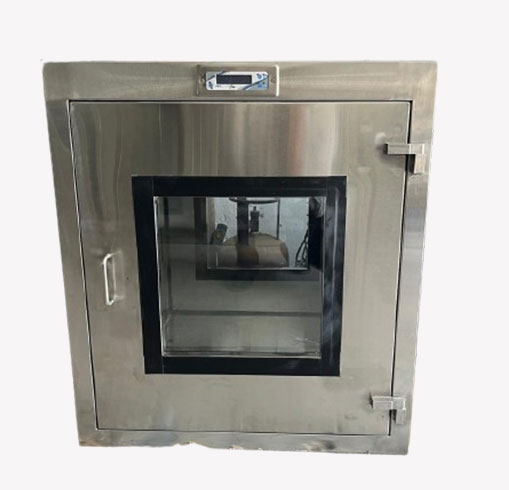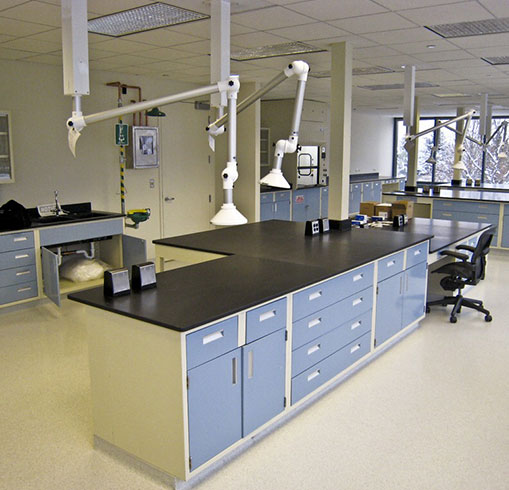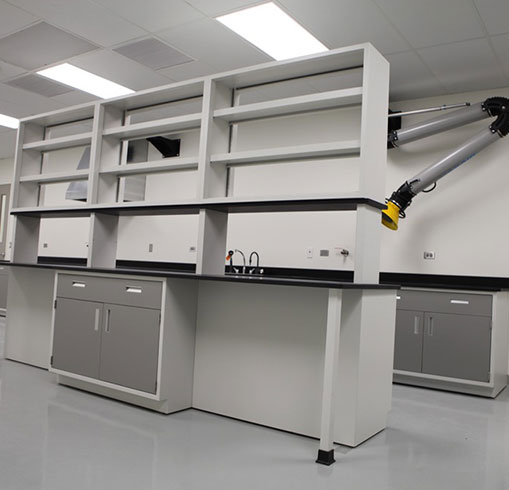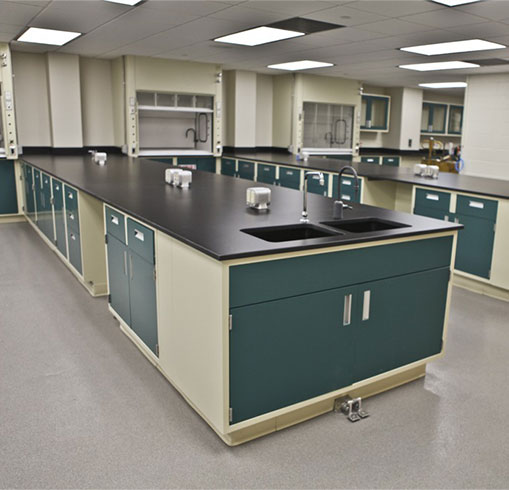Auxiliary Fume Hood
What is Auxiliary Fume Hood?
An Auxiliary Fume Hood is a specialized type of fume hood that is designed to provide additional containment and ventilation for specific laboratory processes or equipment. It is used in conjunction with a primary fume hood to enhance safety and ensure proper control of hazardous fumes, vapors, or particles. The Auxiliary Fume Hood is typically smaller in size compared to a standard fume hood and is positioned adjacent to or connected with the primary fume hood. It is specifically tailored to address unique requirements, such as handling particularly toxic or volatile substances, performing specific experiments, or accommodating specialized equipment.
The primary function of an Auxiliary Fume Hood is to provide localized containment and extraction of hazardous materials that may not be adequately captured by the primary fume hood alone. It helps minimize cross-contamination, ensures efficient ventilation, and maintains a safe working environment for laboratory personnel. Auxiliary Fume Hoods may be equipped with their own ventilation systems, independent of the primary hood, allowing for customized control of airflow and extraction. They can be designed with specific features like adjustable sashes, specialized filters, or additional monitoring systems to meet the unique needs of the laboratory or experiment.
How Auxiliary Fume Hood Works?
An Auxiliary Fume Hood works by providing additional containment and ventilation for specific laboratory processes or equipment. It is used alongside a primary fume hood to enhance safety and ensure proper control of hazardous fumes, vapors, or particles. The Auxiliary Fume Hood is designed to address unique requirements and provide localized containment for hazardous materials that may not be adequately captured by the primary hood alone. It helps minimize cross-contamination and ensures that harmful substances are effectively contained within the designated workspace.
The Auxiliary Fume Hood has its own ventilation system, which can be independent of the primary hood or integrated with it. This system includes an exhaust fan and ductwork to extract and remove hazardous fumes and particles generated during laboratory processes. Auxiliary Fume Hoods can be customized to meet specific needs. They may have adjustable sashes or shields to control the airflow and provide easy access to the equipment or processes inside. Additionally, specialized filters can be installed to address specific types of contaminants. By utilizing an Auxiliary Fume Hood, laboratories can enhance safety measures and ensure the proper handling of hazardous materials or processes. It provides an additional layer of protection, minimizing the risk of exposure to harmful substances and creating a safer working environment for laboratory personnel. Auxiliary Fume Hoods are often designed to seamlessly integrate with the primary fume hood. They can be positioned adjacent to or connected with the primary hood, allowing for efficient airflow management and optimal containment of hazardous substances.
Application of Auxiliary Fume Hood
The Auxiliary Fume Hood finds application in various laboratory settings where additional containment and ventilation are required. When working with volatile or toxic chemicals, an Auxiliary Fume Hood can provide an extra layer of protection. It helps contain and exhaust hazardous fumes, ensuring the safety of laboratory personnel. In biological laboratories, where handling of biological agents, pathogens, or genetically modified organisms is involved, an Auxiliary Fume Hood can prevent the spread of contaminants. It aids in containing airborne particles and maintaining a controlled environment. In pharmaceutical research and development, the Auxiliary Fume Hood plays a crucial role. It can be used to handle and process active pharmaceutical ingredients (APIs) or potent compounds, ensuring their safe containment and minimizing the risk of exposure.
Laboratories conducting analytical testing, such as gas chromatography-mass spectrometry (GC-MS) or liquid chromatography-mass spectrometry (LC-MS), often utilize Auxiliary Fume Hoods. These hoods help capture and remove volatile organic compounds (VOCs) or other hazardous substances generated during the analysis, preventing contamination and ensuring accurate results. In research involving nanomaterials or nanoparticles, an Auxiliary Fume Hood is essential for handling and processing these materials safely. It helps control the release of nanoparticles into the environment and protects researchers from potential health risks associated with nanomaterial exposure. Industrial laboratories dealing with chemical synthesis, quality control, or product development can benefit from Auxiliary Fume Hoods. They provide an extra layer of protection during various processes, preventing the release of harmful substances into the workspace and promoting worker safety.
The Auxiliary Fume Hood finds application in chemical handling, biological research, pharmaceutical development, analytical testing, nanotechnology, material science, and industrial laboratories. Its role is to enhance safety, contain hazardous substances, and ensure a controlled environment in various laboratory settings.
Contact Auxiliary Fume Hood Manufacturer
Auxiliary Fume Hood works in conjunction with a primary fume hood to provide localized containment, enhanced ventilation, and improved safety measures for specific laboratory processes or equipment. It ensures that hazardous materials are properly controlled and contained, contributing to a safer laboratory environment. Laboratories can enhance safety measures and ensure the proper handling of hazardous materials or processes by utilizing an Auxiliary Fume Hood. It provides an additional layer of protection and control, allowing for more precise containment and extraction of harmful substances, ultimately contributing to a safer and more efficient laboratory environment.


















